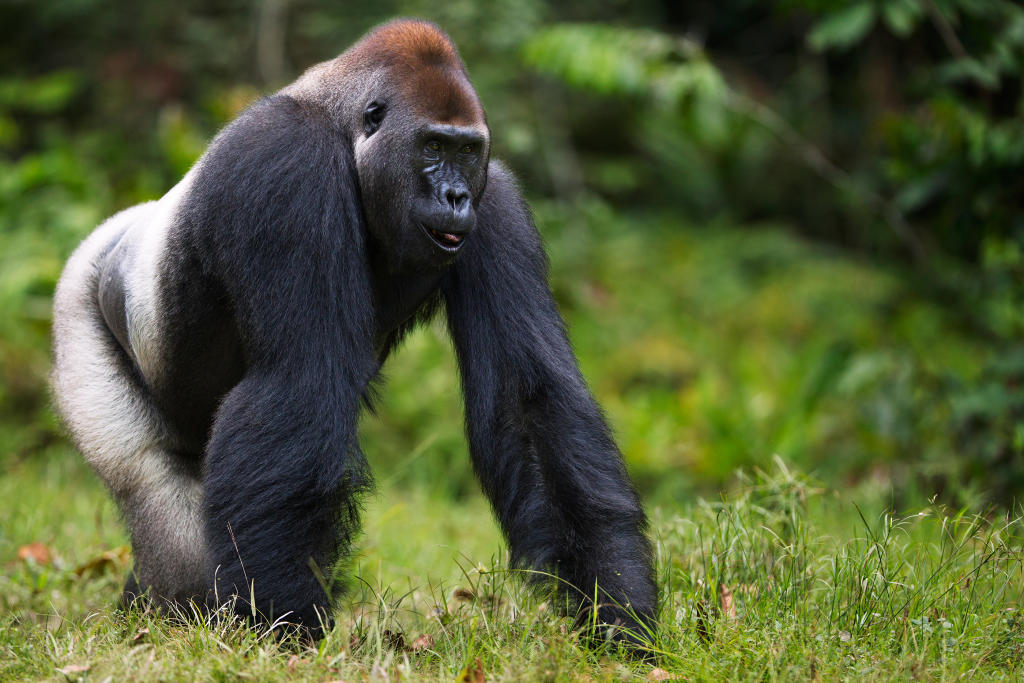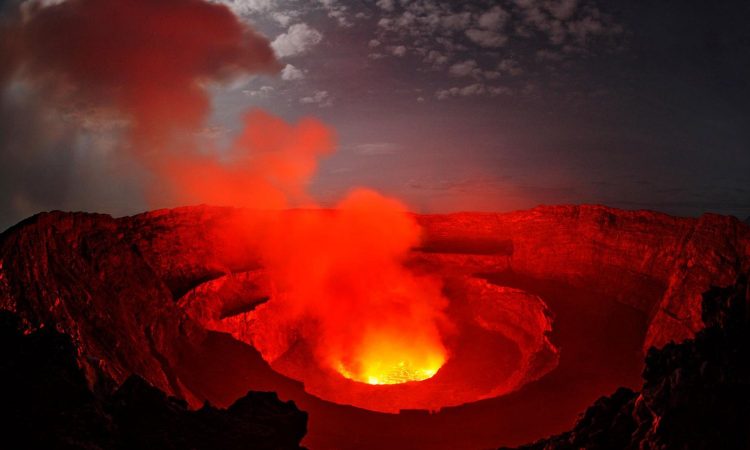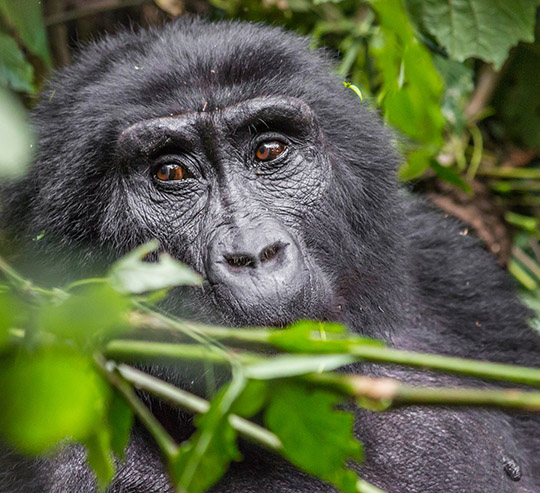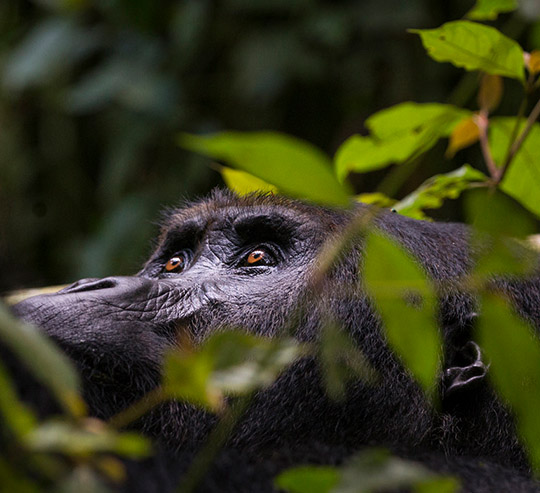Congo Safaris – Tour Congo for a life time memory
About Democratic Republic Of Congo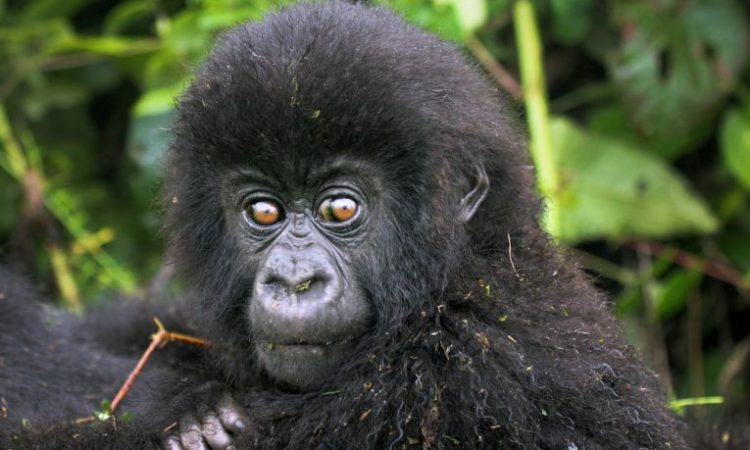
Where is D.R Congo located?
The Democratic Republic of Congo (DRC) also formerly known as Congo Zaire, Congo Kinshasa is arguably Africa’s second largest country after Algeria. It is located in central Africa and borders Uganda, Rwanda, Burundi and Tanzania to the east, South Sudan and Central African Republic to the North, Angola and Zambia to the south, Republic of Congo to the south and the Atlantic Ocean in the south west.
This country is named after the Congo river but her name has been altered several times since independence. From the early 19th century (1971 -1997) it was originally known as Zaire, also the former name for River Congo. Zaire was a Portuguese adaption of the Kikongo word “nzere” to mean a River. It was truncated from the phrase “nzadi o nzere” (river swallowing rivers) as many rivers join together in one course to form the Congo river. The latter is today the second largest river globally by discharge and deepest in the deepest in the world.
The History of the Congo
Prior to the colonization Congo, the country is believed to have been occupied by the Bantu as early as the 7th century. This accelerated during the transition from Stone Age to Iron Age that so many migrate to central Africa in search of arable land. Today, it is second to none as the world’s most populated francophone nation but also fourth most populated country in the world. Like any other African nation, DRC was also greatly affected by the salve trade mainly by Arab-Swahili traders.
The Democratic Republic of Congo was colonized on 17th November 1879 by King Leopold II of Belgium. The King had sponsored exploration and administrative ventures of Sir Henry Morton Stanley. Following the Berlin Conference of 1885 that led to the scramble and partition of Africa. King Leopold acquired Congo as his private land and named it the Congo Free State. Infrastructure developments were quickly initiated in the state that included construction of a railway line from the coast to Leopoldville that is today known as Kinshasa.
The Climate of D.R Congo
The area of the Democratic Republic of Congo spans over the Equator with a third in the Northern hemisphere and rest in the South. As another other state in the equatorial region, it experiences warm climate with rainfall averages of 2000mm a year. The nation has basically two seasons that are the dry and wet season. These influence the economic activity of agriculture in the nation. The also experiences high humidity levels and the highest number of thunderstorms.
Geography of Congo
The climate of the Congo facilitates the Congo Rain Forest, the largest rainforest in the wild that is only second to the Amazon. The extensive blossoming jungle is encompassed by the Congo basin that drains it waters in the Atlantic Ocean. The rain forest is surrounded by plateaus with savanna in the southern region and northern region, highland areas in the west and glaciated mountains in the east on the border with Uganda. The Congo river basin covers an area of 1,000,000 square kilometres with major tributaries like Lulonga, Ruzizi, Kasai, Ubangi and Sangha.
Democratic Republic of Congo is also gifted with the world’s few remaining active volcanoes. Mt Nyiragongo and Mt. Nyamulagira are the notable highland areas in the Congo. Mt Nyiragongo last erupted in 2002 with lava flowing to the nearby Goma city damaging it and poisoning the lake Kivu water.
Important tourist destinations for Congo safaris: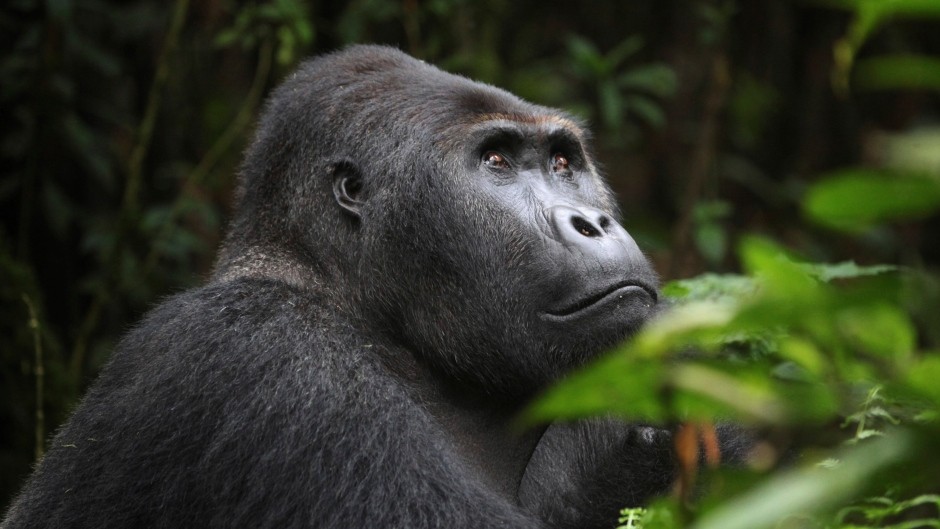
Congo is a country of wonders, blessed with mother nature, but though not much known to the world, hence still maintains her authentic beauty.
Congo is covered by green- lumpish tropical rainforest interspersed by enthusiastic rivers and smoking beautiful volcanoes, and extremely the best destination for an African safari with appealing geographical settings.
Democratic Republic of the Congo proffers tourists a multiple of unique opportunities to see wildlife, indigenous cultures and geological admiration not easily found elsewhere in Africa.
While in DRC, you can see both the mountain and lowland gorillas in wild in just a single trek, meet pygmies practicing their traditional way of life in the forests, spot bonobos, and okapi, boiling Lava Lake in the crater of the Nyiragongo.
Gorilla trekking experience in Virunga national park
The safari to the Virunga gives a visitor an amazing opportunity to visit this country that only few travelers have so far discovered her great potential. The adventure to Virunga national park, the Africa’s oldest national park with the most diverse biologically protected area in the whole of Africa, and home to about a quarter of the world’s critically endangered mountain gorillas. The relatively undiscovered park covers an area of 7800 km² occupied by forests, savannahs, lava plains, swamps, active volcanoes and the beautiful glaciated peaks of the Rwenzori Mountains and erosion valleys. Trekking through this vast and alluring forest for an encounter with gorillas or hike one of the numerous volcanoes which is the best suit for African adventure during Congo safaris.
The Congo River
The Congo River is the second largest in Africa after the River Nile, the world’s deepest and the second largest river in the world after the Amazon by volume of water discharged. In calculation, Congo Basin accounts for 13% of global hydropower potential. Currently there are about 40 huge hydropower projects in the Congo Basin. In terms of aquatic life, the Congo River Basin has over 700 fish species, crocodiles and others.
Trekking Eastern Lowland Gorillas in Kahuzi-Biega National park
Kahuzi-Biega National park is the premier destination for trekking the largest gorilla species called Eastern Lowland Gorillas that is commonly sighted in the jungles of the astonishing African continent as well as Mountain gorillas which are more endangered than the Eastern Lowland Gorillas.
Mount Nyiragongo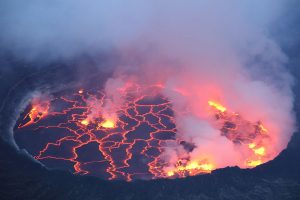
It’s the most active and dangerous volcano with a largest lava lake in the world glowing in freakish colours and very active with frequent eruption producing very fluid lava of rare type. It’s also one of the few volcanoes in the world with a permanent largest lava lake located in North-Kivu leaving a visitor with a long lasting experience of trekking to top of the volcano.
Lake Kivu
Lake Kivu is one of East Africa’s greatest lakes where Idjwi Island – the world’s tenth largest inland Island is found. The 3 exponential towns on the lake shore are, Gisenyi, Kibuye and Cyangugu which provide a great experience to travelers through its numerous recreational activities such as canoe ride, swimming, hiking and biking along the shores and the beautiful beaches.

